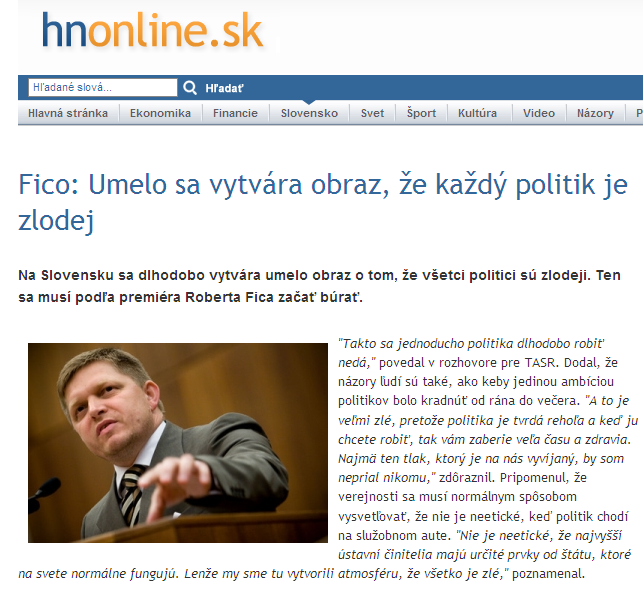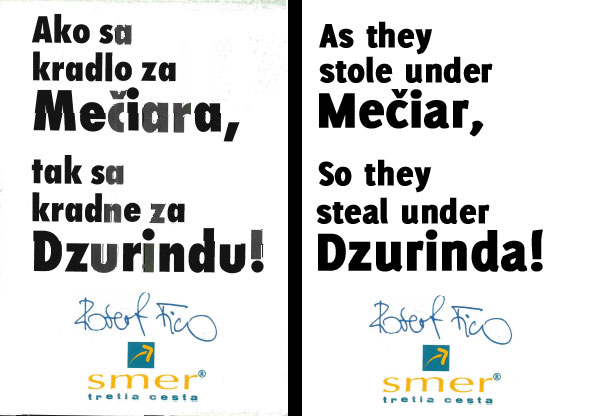Overall Monthly Report:
Record highs for Smer and disagreements elsewhere
For the first time I can remember we have both FOCUS and UVVM numbers by mid-month (FOCUS getting there first this month) and so we can do a quick analysis already. If time allows over the holiday season, I may try to do a few more year-on-year comparisons.
This graph averaging the last 24 months of polling results from multiple sources shows a number for Smer that is higher than any previous average. Although the party is not at is record high for either UVVM or FOCUS, this is the first time it has been at a near-record high for both in the same month. SDKU is at a correspondingly record low, though since these parties do not share the same voter pool and any correspondence is likely a coincidence. (Unlike Smer, furthermore, SDKU is not seeing numbers that are unprecedented for the party: what is here a record low would have been for the party a near record high between 2003 and 2006, though then the party was in the tougher position of bearing responsibility for government actions)

These numbers do not give the party a majority of seats but they do bring it within 3 of a majority, again the highest numbers recorded for a poll average. The opposition, by this calculation, would have a mere 46, less than 2/3 of Smer alone.

It is worthwhile to note the degree to which these numbers reflect disagreement among pollsters, however. In the first place, the “Smer-gap” has re-emerged. Smer numbers for FOCUS have recently notched upward, but now so have its numbers for UVVM, so we are back at a 6 point difference which is smaller than before only in the sense that it must be measured against a higher baseline for Smer so that it accounts for a smaller overall percentage.

For SDKU, however, the gap has now disappeared and both polls show the party at the exact same level, just above 11%, though not quite in need of the shift in axis that SNS suffered in last month’s poll (from the 10%-20% range to 5-15%). Still, the news for SDKU is not good.

This graph of recent results for SNS shows the return of divergence after long months of near-agreement. FOCUS shows a continuing slide while UVVM shows a sharp rise. Is politicization of conflicts with Hungary working for SNS? It depends on your pollster.

For MK it does not depend on the pollster–we are back to agreement after a month of disagreement–but MK numbers have been so erratic (given its base) that it is hard to know what to think.

As with SNS, it was either a good month or a bad month for HZDS depending on your pollster. The party’s numbers from FOCUS this month exceed its numbers from UVVM, something that has happened only 4 times in the 30 months since the previous election. Regardless of relative position, the two are quite close suggesting that the party’s polling level lies around 8% at present, not good for a party that regularly commanded twice that level four years ago, but not in danger of extinction. Long term trends show the party falling below 5% but not in the next year.

This graph of recent results for KDH shows the emergence of a gap that had, for a while, disappeared. Through most of 2007 the party polled better with FOCUS than with UVVM and it does so again, with a nearly 4 percentage point gap, one of the highest in percentage terms for any party. Both, however, show a slight rise for the party from November to December.

This graph of recent results for KSS shows little change: the party usually polls better with FOCUS than with UVVM and it does so again.

If all we had were FOCUS numbers, it would be easy to accuse this post of burying the lead: “SF nears threshold of electability.” That may be true, especially as dissatisfaction with SDKU appears to grow, but here we find it’s only true of one poll: The party scores 4.5% with FOCUS but remains mired at 1% with UVVM. There is a story here but it is hard to know which way it is going.

Other parties remain low. The November bump for HZD has receded in December and ANO is at at near-record lows with both FOCUS and UVVM for the party’s lowest-ever result in poll averages (0.2%). Its decline in the FOCUS poll may help to explain some of the rise for SF which is its alternative on the non-parliamentary “right.” The category of “Other” party is also extremely low, suggesting that respondents do not spontaneously offer the Green Party, the Conservative Democrats or Liga-OLS. Of course this depends on the nature of the questioning: MVK appears to include the Green Party on its list and regularly receives percentages of about 2% for that party. The same might be true of KDS or Liga if their names were included.
As always, the actual polling numbers are available online at Google Docs:
http://spreadsheets.google.com/pub?key=pdhlCClsiyAMi39bLFpY_Zg
And the most recent three months are below in tabular format (using “iframe” which may not work on all browsers).
<br />
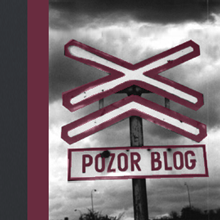
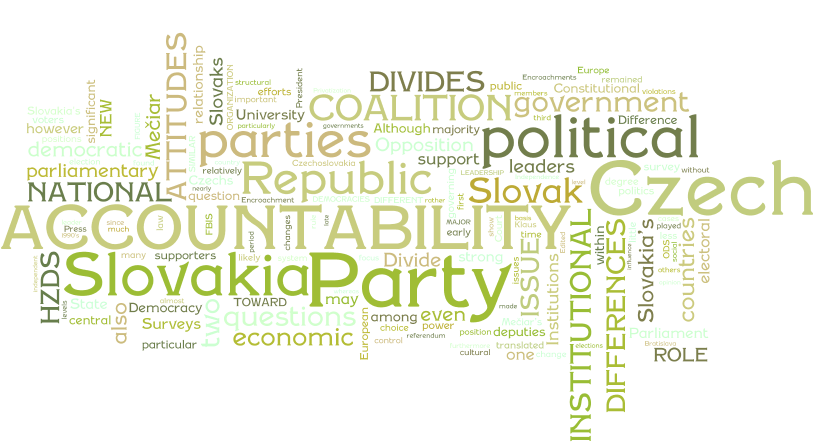
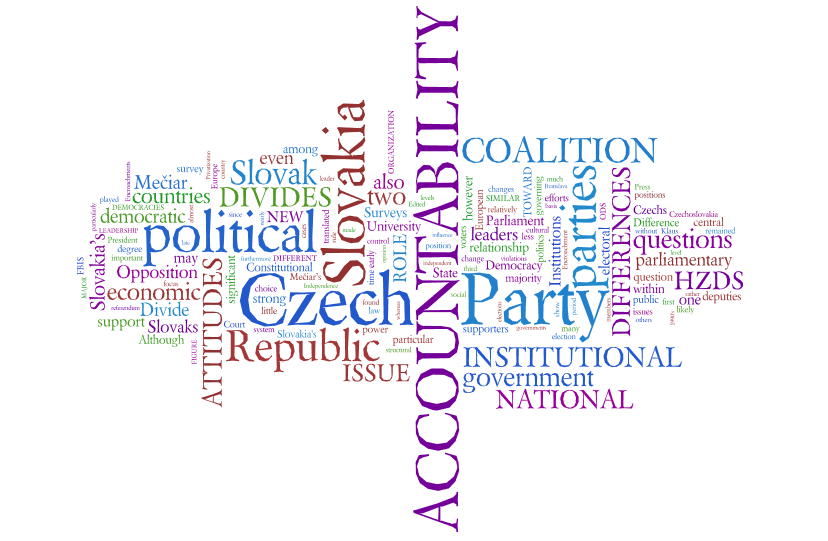
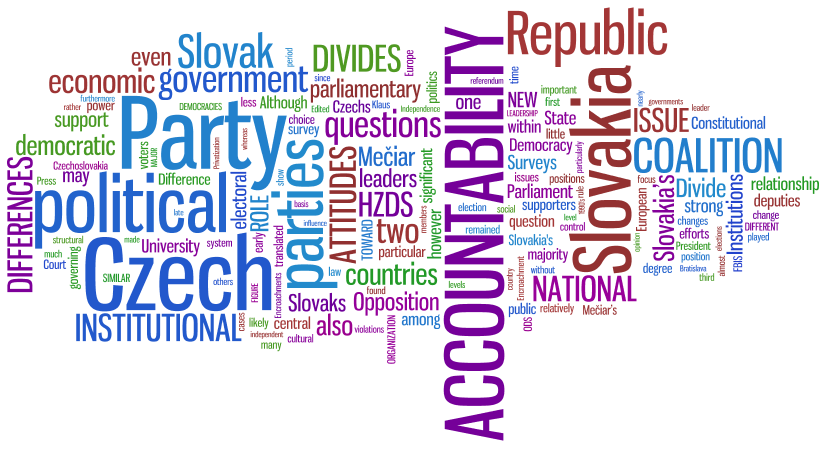
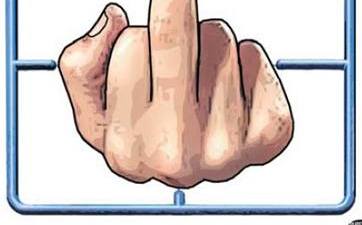


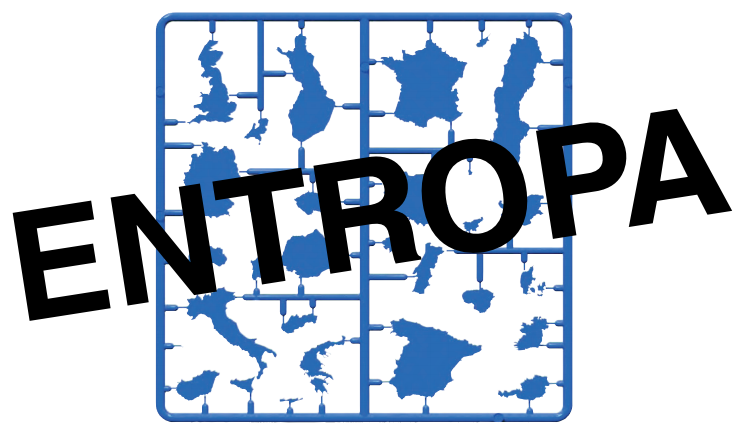
 I may see this only because this is what I saw in the two other Cerny pieces that I encountered in public in the last two decades. In spring of 1991 when I was teaching in Plzen I got a call from a friend to tell me to come to Prague and see “this
I may see this only because this is what I saw in the two other Cerny pieces that I encountered in public in the last two decades. In spring of 1991 when I was teaching in Plzen I got a call from a friend to tell me to come to Prague and see “this 